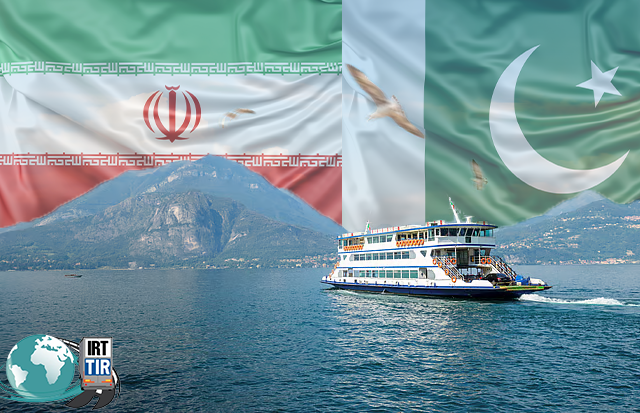In the 21st century, wars aren’t just fought—they’re engineered.
Across South Asia, a new front has emerged—one where lines of code, aerospace integration, and digital logistics define victory. The world watches Pakistan and India, but what’s unfolding is far more than a regional dispute. It’s the stage for a silent, high-tech war between China-backed systems and Euro-American defense architecture.
At the heart of this rivalry lies a race for technological dominance—in air, cyberspace, and beyond. While the global media focuses on military drills and border statements, the real war is being waged in cloud-based combat networks, digital infrastructure, and real-time battlefield intelligence.

War Machines: Dominance in the Sky
Air superiority remains the most strategic asset in modern warfare—and recent events have reshaped the calculus entirely.
J-10C is a 4.5-generation multirole fighter jet has redefined air dominance in South Asia. Equipped with AESA radar, advanced electronic warfare systems, and beyond-visual-range missile capabilities, the J-10C has not only outpaced but outmaneuvered India’s much-hyped Rafale fleet in real-world scenarios. Its performance marked a tactical turning point, establishing a new standard for Eastern air power. While the J-10C leads the pack, the JF-17 Thunder—co-developed by Pakistan and China—serves as a versatile and cost-efficient combat platform. It reflects Pakistan’s strategy of scalable modernization: lightweight, upgradeable, and mission-adaptable for dynamic battlefields. The JF-17 has evolved into a symbol of localized strength, offering smart warfare on a sustainable budget.
The Hidden Edge: Digitized Logistics and Fintech Integration in Defense
In modern warfare, supply speed is firepower—and digital logistics is the new frontline.
The International Road Transport Chamber of Pakistan (IRTCoP) is playing a pivotal role by enabling secure, digitized movement of sensitive and strategic cargo through internationally recognized systems like TIR (Transports Internationaux Routiers).
IRTCoP orchestrates infrastructure, aligning Pakistan’s defense logistics with the demands of real-time, high-stakes operations. Its impact includes:
Frictionless cross-border transport of defense-critical assets
Real-time cargo traceability and customs clearance
Compliance with international defense logistics standards
By integrating fintech mechanisms and digital transport ecosystems, IRTCoP helps ensure Pakistan’s readiness doesn’t stall behind supply chains—it accelerates ahead of them.
Conclusion: When Speed, Tech, and Strategy Converge
The clash between Pakistan and India is no longer a conventional military rivalry—it’s a tech-driven chess match, powered by next-gen aircraft, AI surveillance, electronic warfare, and ultra-fast logistics.
In this emerging theater:
The J-10C dominates the skies, challenging the very foundation of Western-aligned airpower.
The JF-17 Thunder supports with flexibility and resilience, ensuring reach across missions.
And IRTCoP’s role in logistics and fintech ecosystems enables uninterrupted defense mobilization.
The next war will not be won by who fires first—but by who connects, moves, and strikes fastest.
Pakistan is not just preparing for that future—it’s already shaping it.






